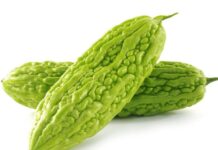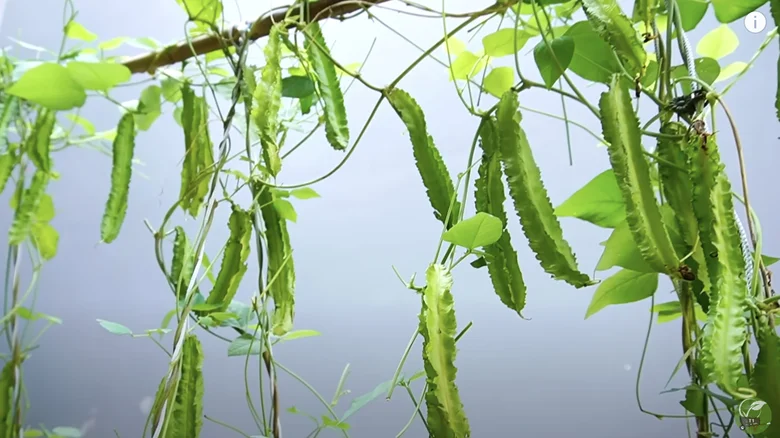It’s no coincidence that Mai Ngọc chose these particular plants. Beyond aesthetics, all three are known for their feng shui properties, favored by interior designers and homeowners alike. Let’s explore why this trio of greenery has earned her affection.
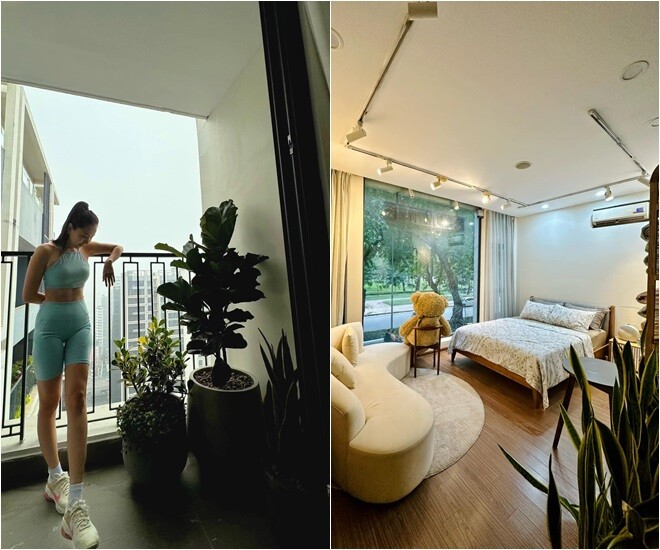
A glance at Mai Ngọc’s abodes, from sun-drenched balconies to her luminous resting space, reveals her dedication to crafting an energy-filled haven.
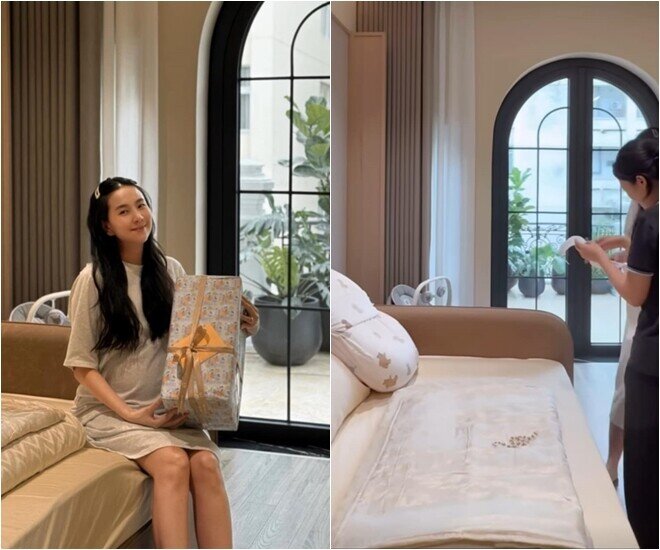
In her new home, where she moved with her baby Panda, greenery is neatly arranged on the balcony, offering a refreshing view and a touch of elegance. Plants are more than mere decorations; they reflect a refined lifestyle, balancing aesthetics and functionality.
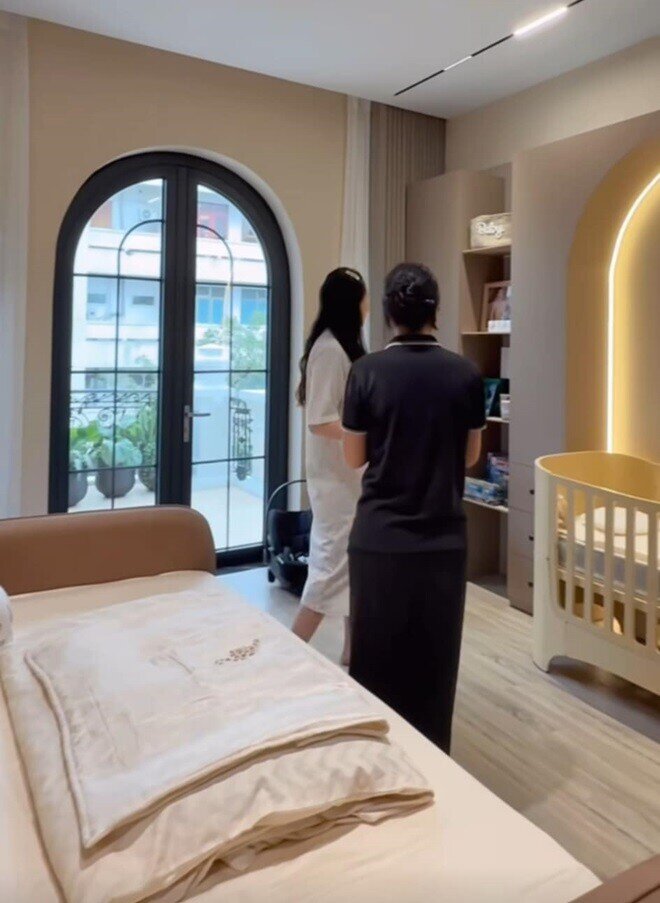
Incorporating suitable plants helps regulate the air, reduce stress, and enhance relaxation—a much-needed respite after a long day.
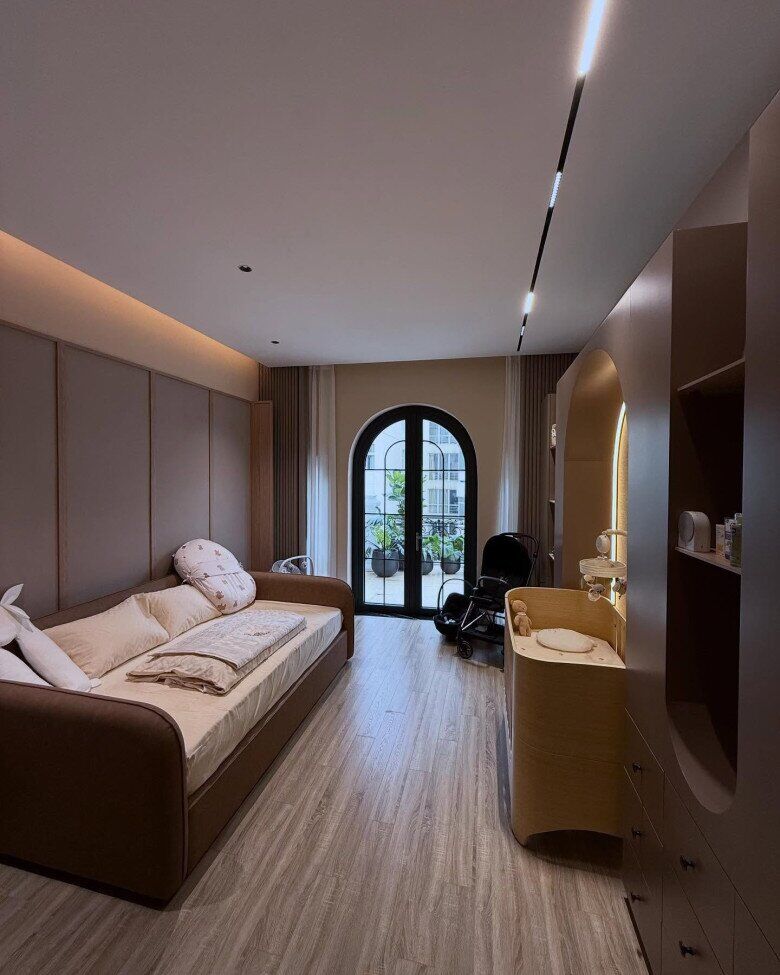
The trio of Singapore Banyan, Snake Plant, and Devil’s Ivy is a smart choice: easy to cultivate, low maintenance, yet incredibly effective.
You don’t need extravagant means to craft a living space akin to Mai Ngọc’s. With just these three familiar plants, you can elevate your surroundings. Singapore Banyan adds a touch of sophistication, Snake Plant stands strong as a protective force, and Devil’s Ivy introduces softness. A little daily care goes a long way, and soon your space will flourish, naturally and sustainably.
Singapore Banyan: Grace and Elegance in Urban Spaces
Even in her previous apartment, Mai Ngọc favored the Singapore Banyan, placing it on her balcony or near large windows. In her new home, this tree continues to grace the living room—a space bathed in natural light and open dimensions. This consistent choice speaks to more than mere decoration; it’s a “green companion” with a unique role in the overall aesthetic.
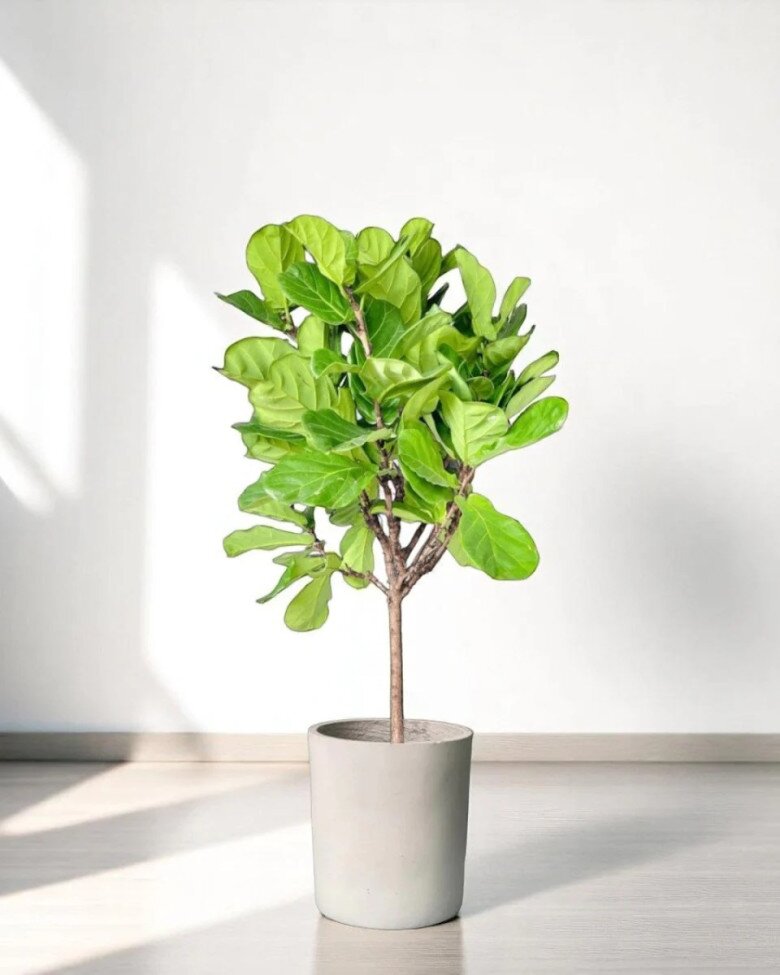
The Singapore Banyan exudes elegance and brings “wood energy,” fostering positive vibes and dispelling negative forces.
The Singapore Banyan (Ficus lyrata) stands out with its large, lush leaves, growing upright with a sense of pride. It thrives indoors, requiring only indirect light and moderate watering once or twice weekly. Beyond its refreshing presence, it symbolizes strength and attracts prosperity in feng shui.
In modern interior design, the Singapore Banyan softens rigid architectural elements. For those who favor bright and simple spaces like Mai Ngọc, this tree provides a subtle accent without overwhelming the ambiance. It strikes a balance between warmth and nature.
Snake Plant: A Feng Shui Sentinel
Another prominent plant in Mai Ngọc’s realm is the Snake Plant (Sansevieria). This versatile species can be displayed in various areas: balconies, entryways, staircases, or workspaces. Its upright, robust form symbolizes strength and protection in feng shui.
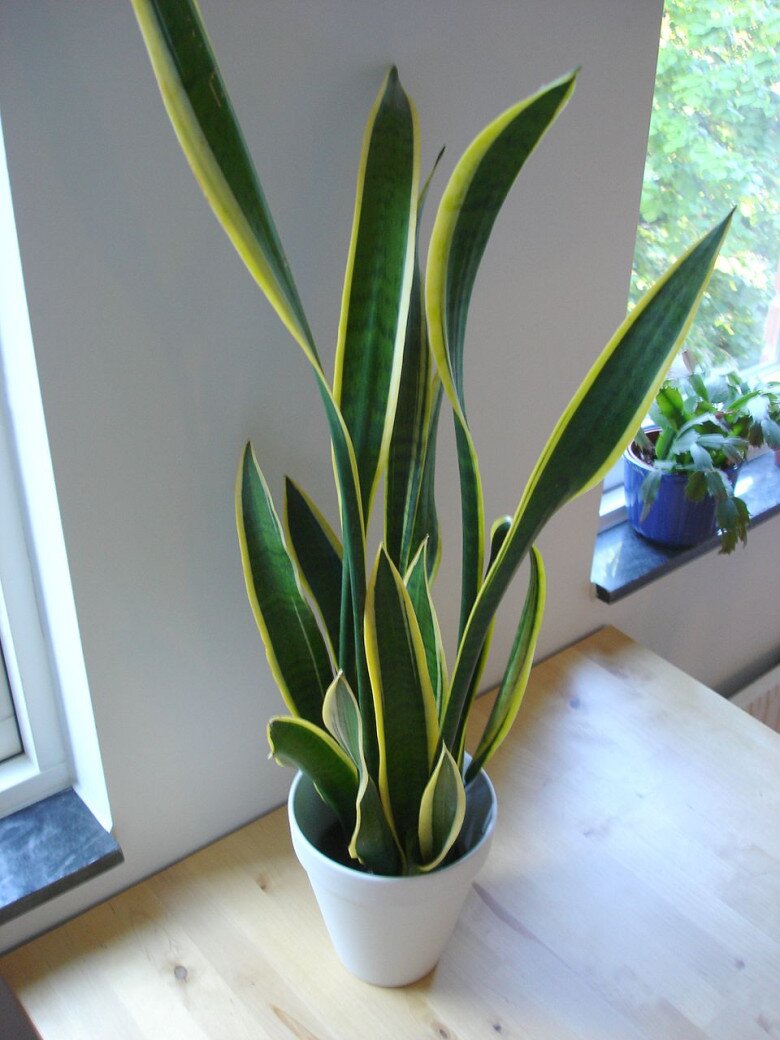
NASA-proven, the Snake Plant is an air-purifying powerhouse, absorbing 107 types of toxins to create a pristine environment.
Notably, the Snake Plant tops NASA’s list of air-filtering plants. It effectively absorbs formaldehyde, xylene, and other airborne pollutants, which is why it’s often placed in areas with limited ventilation, such as hallways and enclosed rooms.
In terms of care, the Snake Plant is remarkably resilient. It thrives in dry conditions, tolerates low light, and requires minimal watering—perfect for busy individuals like Mai Ngọc. Additionally, its striped foliage of green and gold adds a striking contrast to monotone spaces.
Devil’s Ivy: The Gentle, Verdant Companion
Compared to the previous two species, Devil’s Ivy (Epipremnum or Monstera) presents a softer visage, with trailing vines that evoke a sense of tranquility and naturalness. It’s well-suited for hallways, high shelves, or bedrooms—spaces that call for serenity and coolness.
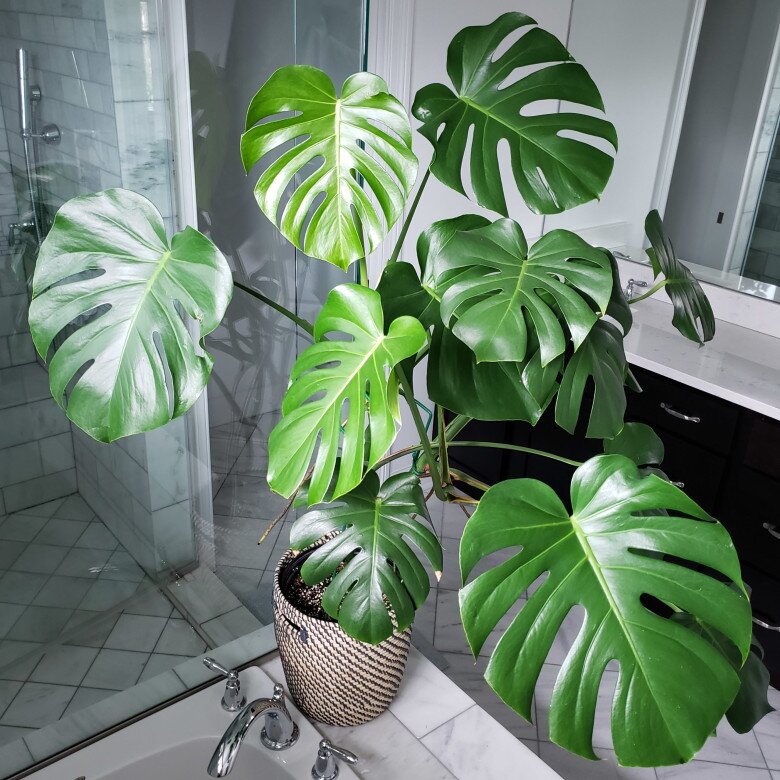
Devil’s Ivy is also an air-purifying champion, removing benzene and formaldehyde—earning NASA’s approval for small spaces.
Devil’s Ivy is one of the easiest houseplants to grow. It flourishes in indirect light, needs watering only when the soil is dry, and can even survive in water. Notably, it matches the air-purifying capabilities of small machines, eliminating toxins and fostering a healthy atmosphere.
In feng shui, Devil’s Ivy symbolizes connection and growth. It’s no wonder that, like Vân Trang and the couple Khánh Thi – Phan Hiển, Mai Ngọc chose this plant as a pivotal part of her journey toward a warm and welcoming home.
The Perfect Timing to Burn Incense Tomorrow – 1st of June on the Lunar Calendar: 3 Things to Do to Invite Prosperity and Ancestral Blessings
For the Vietnamese, the first day of the lunar month holds a special significance beyond just marking the beginning of a new month. It is steeped in profound spiritual meanings. According to renowned Feng Shui expert, Phung Phuong, the 1st of June, 2025 (6/1/2025 in the Vietnamese lunar calendar), presents an auspicious time window to offer incense and prayers for prosperity and peace for the household.
The Great Summer Giveaway: June’s Jackpot, July’s Fortune, and August’s Dreams
The upcoming three months are set to be a prosperous period for the following Chinese zodiac signs. These lucky individuals will find themselves in a fortunate position, whether it’s purchasing a new home or car, or simply going about their daily endeavors. This period promises smooth sailing and success in all their ventures.
Why Did Ancient Kings Build Capitals Facing South While Gia Long Chose a Southeast Orientation for Hue?
The construction of the Hue Imperial City, a grand endeavor undertaken by Emperor Gia Long, involved meticulous planning and attention to detail. The relocation of citizens and the consideration of feng shui played pivotal roles in this endeavor. However, what remains intriguing is the emperor’s deviation from the traditional southern orientation favored by royalty, opting instead for a southeast direction.













